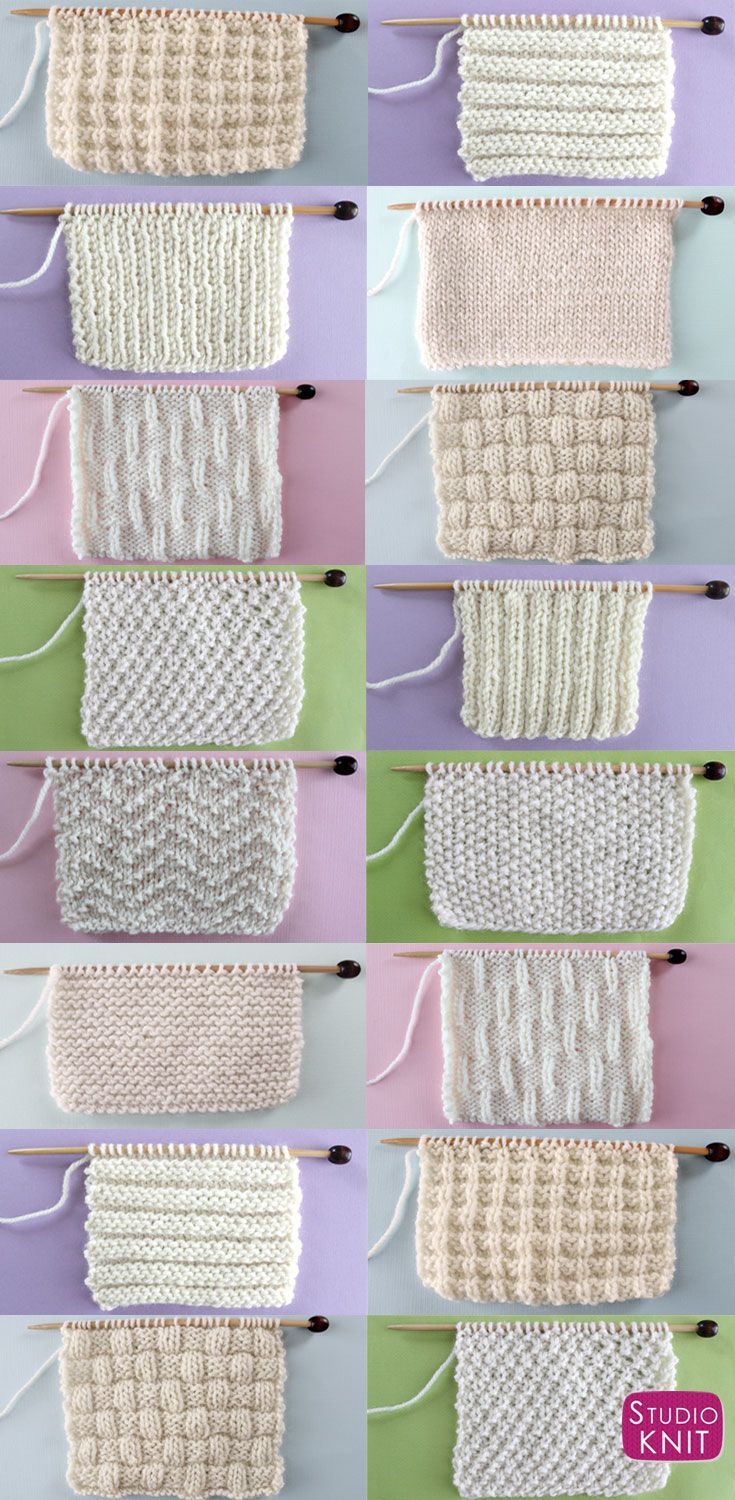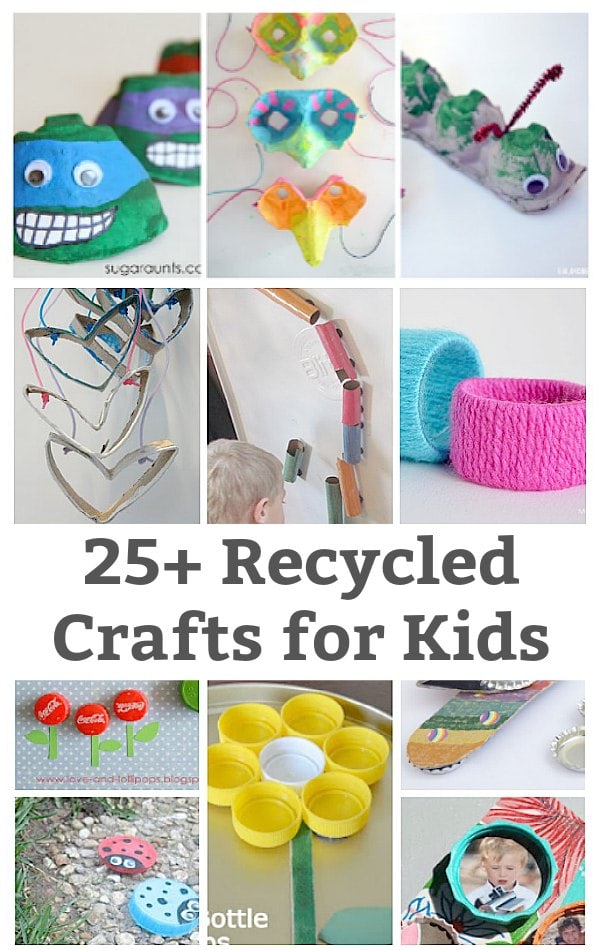
There are several methods of blocking knits. You can choose the one that suits you best. Here are our detailed instructions. Here are the three main methods: T-pins, Misting, and Spray blocking. These methods are the best and most widely used for blocking knits.
T-pins
T-pins can be used in a knitblock to hold your project securely in place. They are 1.5 inches long, made of stainless-steel and can be used to block larger projects. They also include a storage container with a hinged lid. They will keep your knitted project from slipping or being bent.
Blocking lace projects can be made easier by using T-pins. These pins will allow you to keep your lace work in tact even after blocking it. KnitPro sells these pins as a 50 pack.
Steam blocking
The delicate process of steam blocking is used to form knitted, crocheted, and woven pieces. The process begins by flattening the piece to a suitable height. The item is held in place by pins or blockingwires. Set the iron to a wool setting, using medium steam. To prevent scorching the fabric, use a damp press cloth over the fabric.

There are three main methods of blocking knits: wet blocking, steam blocking, and spray blocking. All three methods are simple to use. A blocking board or pins are not necessary for beginners. Warm water, wool wash and a mild detergent are required for wet blocking. You can also use your hands to support it.
Misting
Misting a knitted item is similar in process to soaking. However, the process involves heating the item and lightly misting it. When a knitted piece requires shaping or to preserve its lacework, a misting method is available. This technique is often used together with a dryer. You will need to first spray the project in water and then heat it using your fingers. After applying heat, pin the item to dry.
Prepare a flat surface or a blocking mat before misting knitted items. Spray the knitting with a sprayer. The misting should be gentle, smooth, and not too wet. Once the knitting is done, dry it and pin it. A misting kit includes water, T.Pins, blocking mats, and a spray gun.
Spray blocking
Spray blocking is a gentle process that won't damage knitted fabric. It works best for delicate pieces, such as fine silk lace. This is a great method for beginners to learn how block. Spray block on flat surfaces for the best results. You will be able to keep your finished piece intact if you follow the directions printed on the yarn label.
Block your finished piece after you have finished knitting. Blocking allows you to make it easier to work with your piece. It also opens up lace and other patterns. The type of fiber you work with will determine the type of blocking that you choose, so be sure to research the best method for you project.

Steam blocking using rust-proof pins
You will need to block your garment, no matter how experienced or new you are. Blocking pins are a great way of improving the quality of your project. However, you need to be careful to not use rusty pins as they will be in direct contact with water. There are many options for blocking wires that are made from rust-proof materials. They are great for delicate projects.
For wet blocking, you'll need a large container that can completely submerge your item. You'll also need a spray bottle, which can be purchased at your local hardware store or online. A steam iron is also necessary if you are using steam.
FAQ
What's a hobby?
Anything kids like to do that is not part of their daily routine is a hobby. Children might be drawn to, build, paint, create stories, play with toys or watch TV.
Many parents are concerned that their children may get into trouble if allowed to do as they please. It is not true. Your child will not get into trouble if he or she is safe and doesn’t cause any harm to other people or themselves.
It is important to remember that people may not always choose to do what they enjoy. If they are passionate about drawing but hate writing, they might choose to draw pictures over writing.
There are many hobbies available, so you can choose the one you like best.
What hobbies are best for introverts and what types of hobbies would they enjoy?
The ability to focus on just one thing is a hallmark of introverts. They enjoy solitude and prefer to read, write, play music, watch movies, etc.
They also like to be alone. They don't enjoy being social all day. They can even become bored when they're surrounded by people.
This is why introverts choose hobbies that make them feel alone. An introvert might like to read, listen to music, take photographs, paint, write poetry, or even create art.
Some introverts will even live alone. They are able to concentrate on their hobby while not being distracted by other activities.
What are some great hobbies?
The best hobbies are those that you enjoy doing for yourself. You'll be more motivated to do what you love. You'll also have an excuse when you're not feeling well or tired!
Hobbies that we all know and love include gardening, painting and crafts, photography, cooking, sports and games, reading, music, film-making, collecting, cycling, walking, dancing, writing, playing instruments, etc.
Volunteering could be a great option.
You might be looking for something more adventurous. You might consider scuba diving or skydiving.
If you want to go further afield, there are plenty of unique ways to spend time in nature. These include caving and cave tubing.
How do you get started with your new hobby or interest?
You must decide what hobby you want before you start any new hobby.
Passion is essential once you have selected your subject.
It's important to understand why you want to start a particular hobby. It will give you some direction and purpose.
Once you've chosen the hobby you would like to pursue you can start planning.
Think about what equipment you'll need to purchase.
Consider whether classes or seminars are necessary.
You should ensure that you have enough space to enjoy your hobby.
A club or group might be something you consider. These groups usually offer support and advice.
Consider how much money you would have to spend on your hobby.
What are educational hobbies?
An educational hobby is an activity where you learn something by doing it. It could be anything from playing sports to learning how to play an instrument.
The key thing is that it should be fun and enjoyable for you. While you don't need to do it every day, if bored you might consider other activities.
These activities can also be costly so make sure you don't spend too much.
How much does a hobby cost you?
Time is all that's required to make a hobby a success. It can take many years to accomplish what you desire if you are serious about it.
There is one thing that will help you. It's called "passion." If you are passionate about what you do, it will be easier to work hard and make progress.
You may become addicted to the activity once you have put in enough hours. This is where the real joy begins. Because you're doing something you like and it keeps getting better. You will likely have seen a significant improvement by the end the year.
Don't be too concerned about how long it takes. You can just try it. You might just surprise yourself!
Statistics
- Almost 80% of people claim to have no hobby. (hobbylark.com)
- Much of this decline reflects the fact that teens are less likely to work today than in the past; among employed teens, the amount of time spent working is not much different now than it was around 2005. (pewresearch.org)
- In comparison, men in the “no humor” condition were refused 84.6% of the time and were only accepted 15.4% of the time. (time.com)
- 37% Video Games 36% Travel 36% Health and Fitness (quizexpo.com)
- This 100% accurate personality-analyzing hobby quiz discovers your passion based on your characteristics. (quizexpo.com)
External Links
How To
How to start gardening
Gardening is one form of agriculture that dates back to the beginning. You need patience, perseverance, and determination. The first step to starting a garden is to pick a spot where you will grow food. You could choose to plant food on a large parcel of land, or in your own backyard. Next, choose what kind of plants you would like to grow. Do you prefer flowers or vegetables? Some people enjoy growing herbs while others love raising livestock such as rabbits. Before you decide which crops you will plant, consider the amount of space you have. If you live in a region that experiences cold winters then it is possible to grow fruits and berries.
Once you have selected the plants you wish to plant, you should prepare your soil. The soil is crucial in determining whether your plants thrive or not. Good quality soil contains organic matter that helps feed your plants' roots. Organic matter includes things like leaves, twigs, grass clippings, manure, and compost. Once your soil is prepared, it's time to add nutrients. The type of plant you intend to grow will dictate the amount of nutrients you need. An online fertilizer calculator can help you calculate these values. There are many fertilizers on the market, so ensure you understand what you are buying.
After preparing your soil and adding the proper nutrients, you now need to wait until your seeds germinate. The process can take between 2 and 3 months depending on how hot or cold it is in your region. After your seeds sprout, it is important to water them frequently. Problems can arise if you water your plants too frequently or too little. You should ensure that your plants get enough water at regular intervals. Avoid overwatering. Overwatering can result in root rot, fungal diseases, and even death. When watering your plants, remember that most plants require less water during the warm summer months than in winter. Some plants must be dried out after being watered. For example tomatoes should be kept slightly moist and not wet. Soggy soil is not a good choice for tomatoes. After the flowers have stopped, they must go into dormancy. When plants stop producing new growth, they go dormant and start storing energy for next season's harvest. The plant ceases sending signals to its roots to produce food during dormancy. Throughout this time, plants can store energy. The plant will eventually die if it is not given enough sunlight or temperatures below freezing.
Living in urban areas may restrict the types of plants you can plant. Urban areas tend to contain concrete sidewalks, roads, buildings, and parking lots that block sunlight from reaching the ground. Concrete absorbs sunlight and blocks the soil below from receiving adequate sun exposure. Because of this lack of sunlight, many plants cannot survive in cities. Many plants can still thrive in urban settings. Many trees, shrubs, perennials, and other plants can adapt to urban life. Many annuals can also be grown indoors in container gardens. You can have fresh greenery all year round with container gardens.
Now that you have decided where to place your garden, chosen what you will grow, and prepared your soil, you are ready to plant!